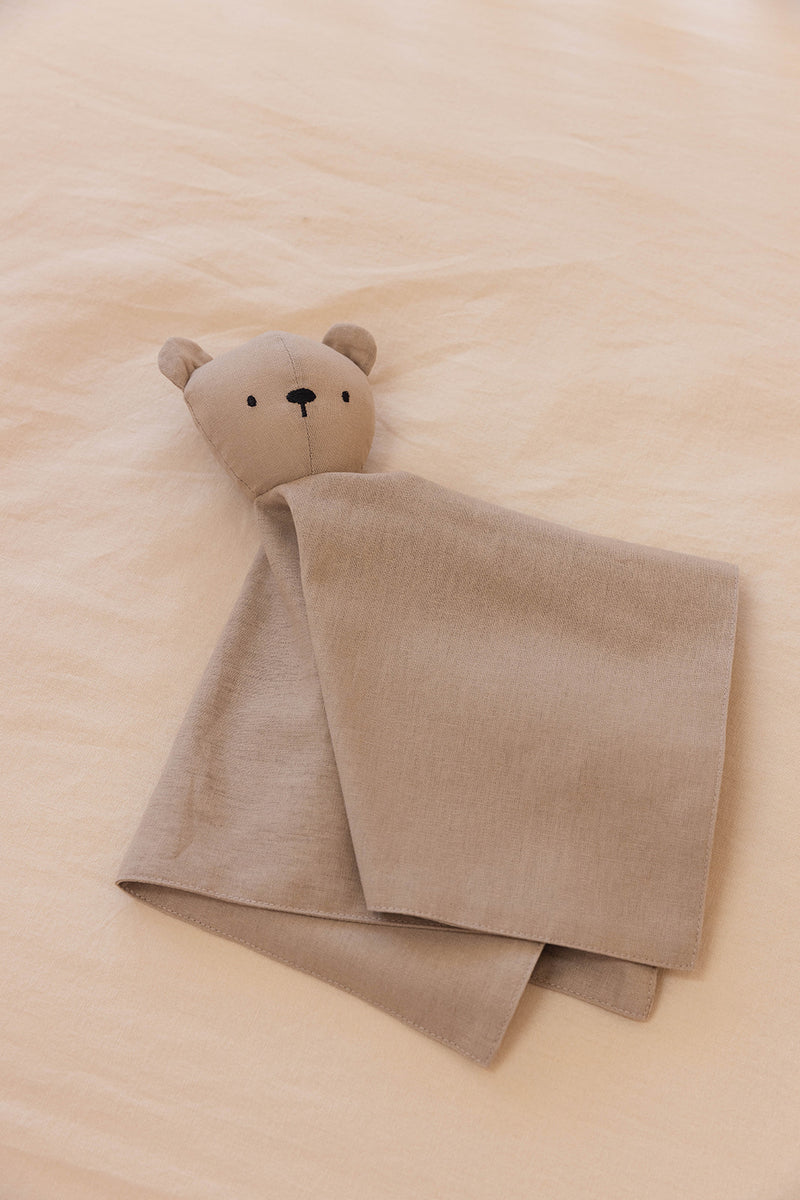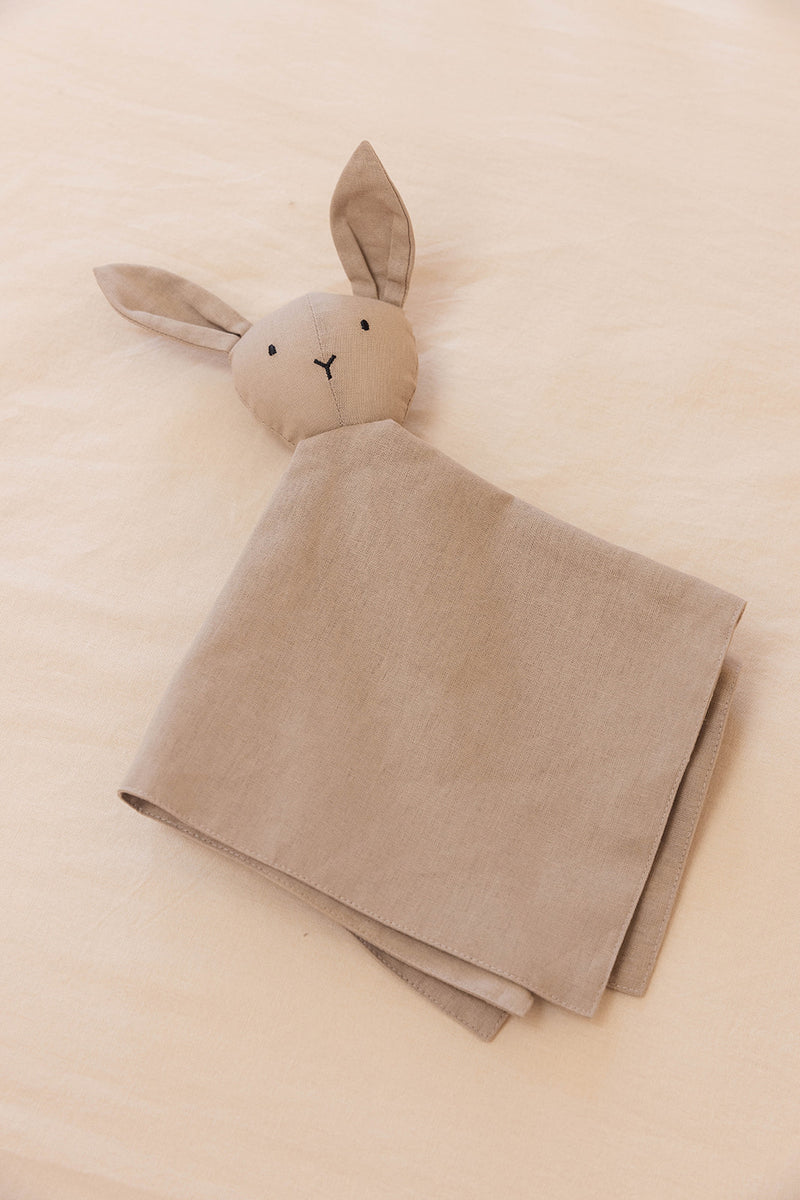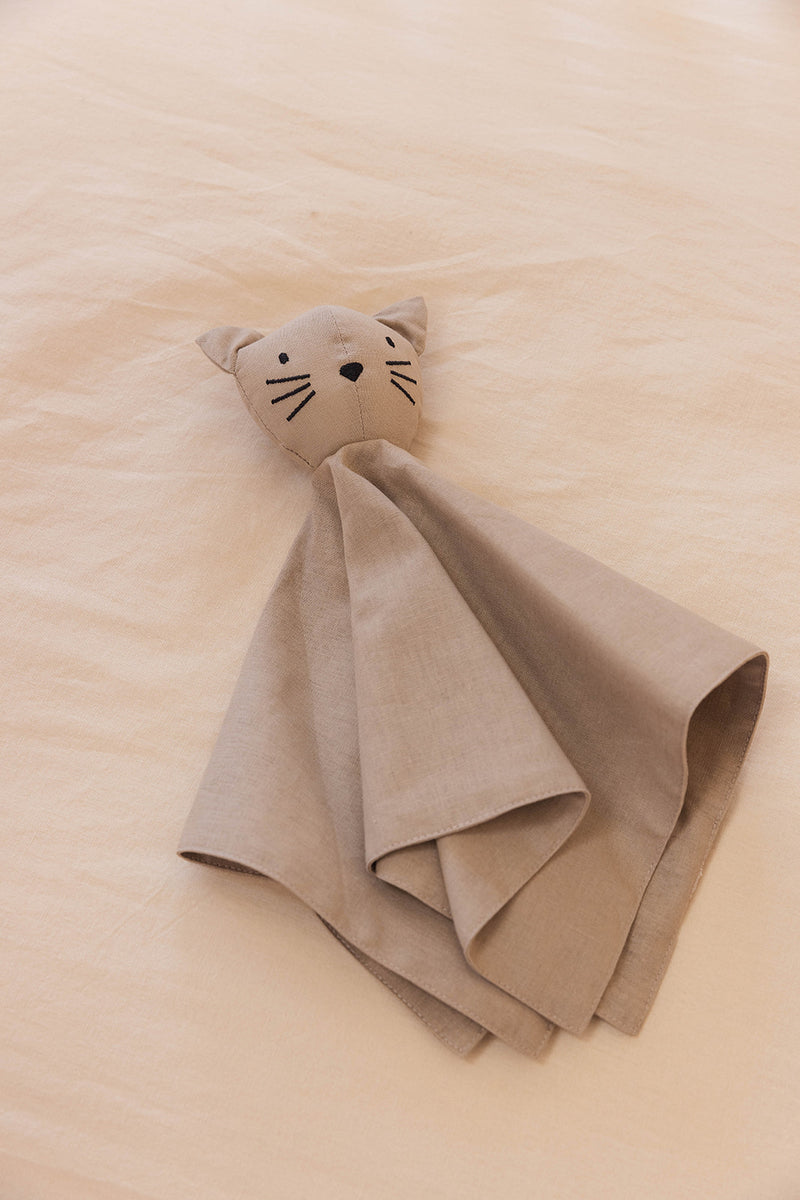Shop All
Baby Lovey Blankets
The sweetest little comfort companion for your growing babe! Our Lovies are made from soft, cozy linen, with an adorable stitched face and delicately pointed ears. Available in seven striking colors, and sized just right for little hands to hold.
Filter By:
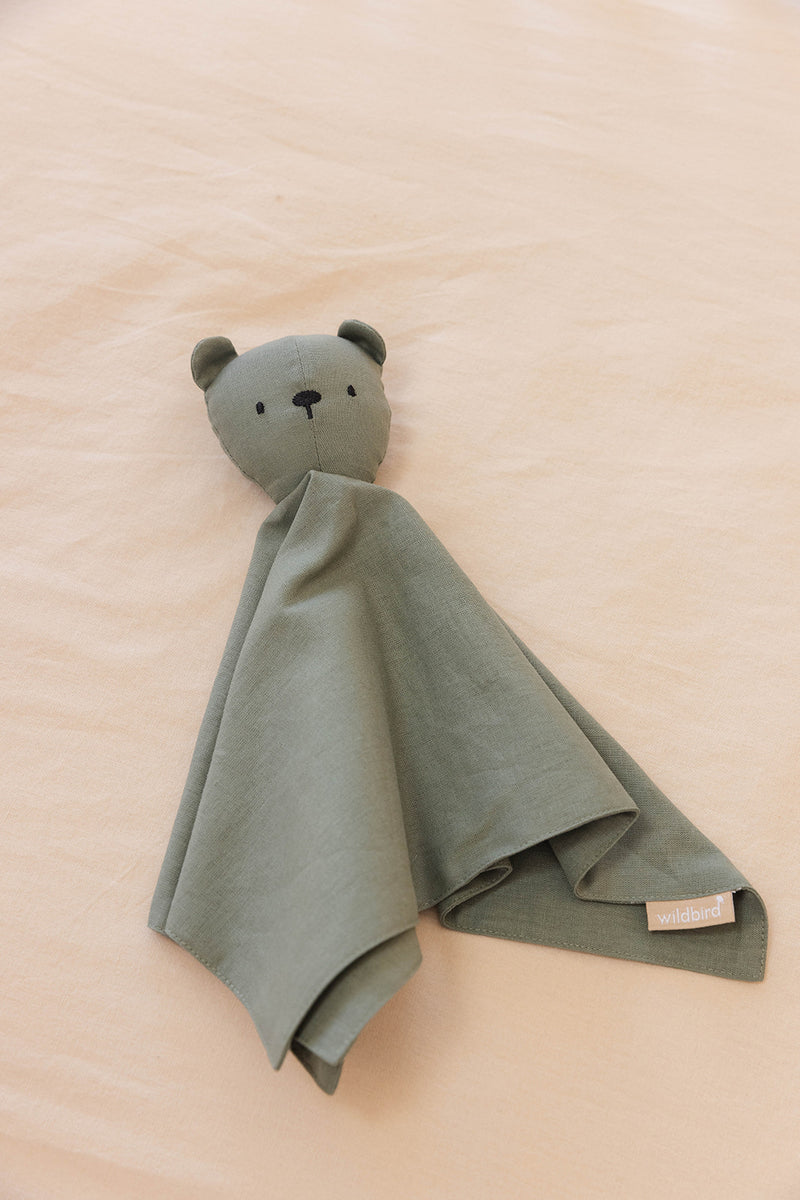
Acadian - Linen Lovey Bear
$28.00
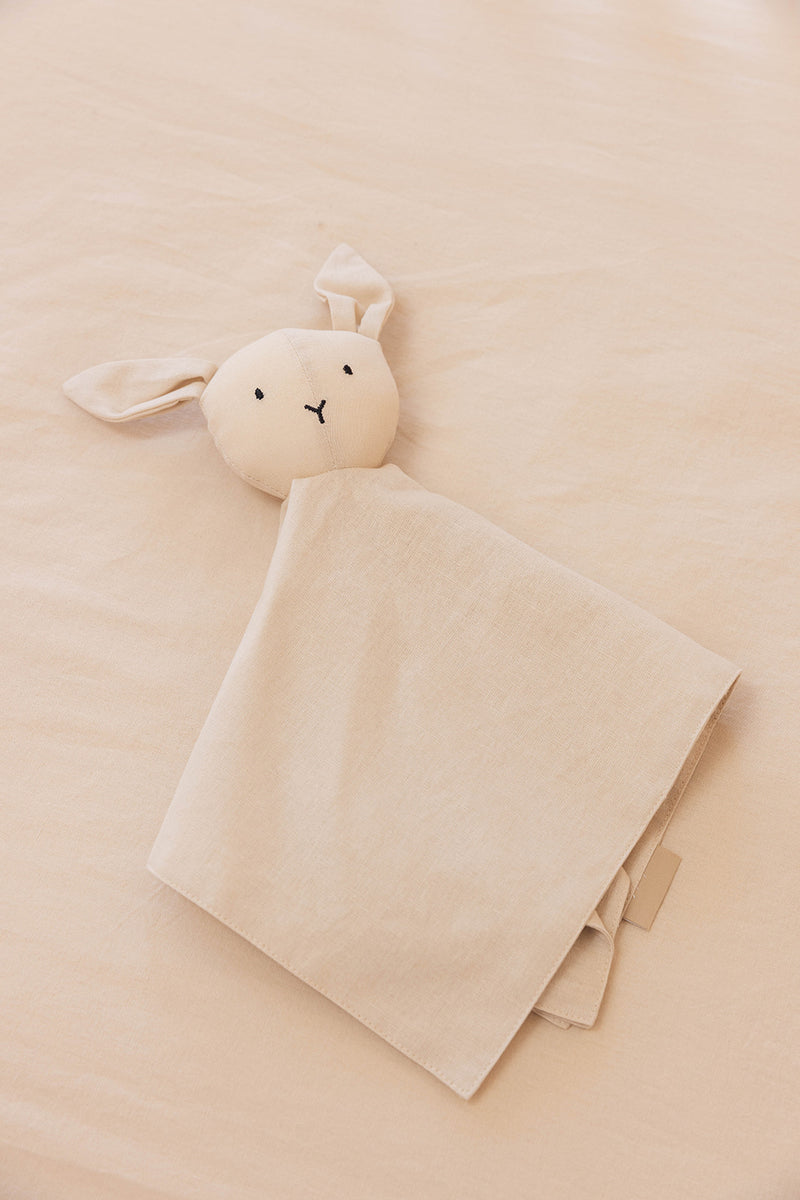
Sparrow - Linen Lovey Bunny
$28.00
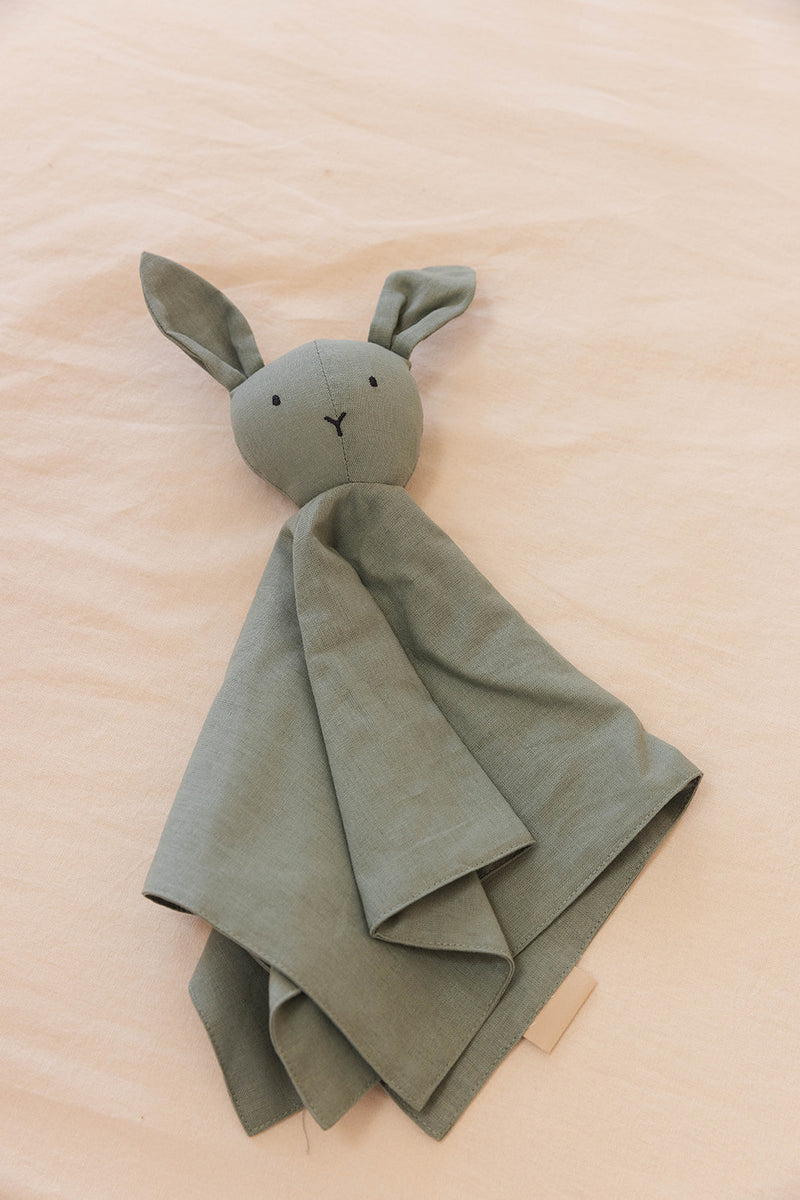
Acadian - Linen Lovey Bunny
$28.00
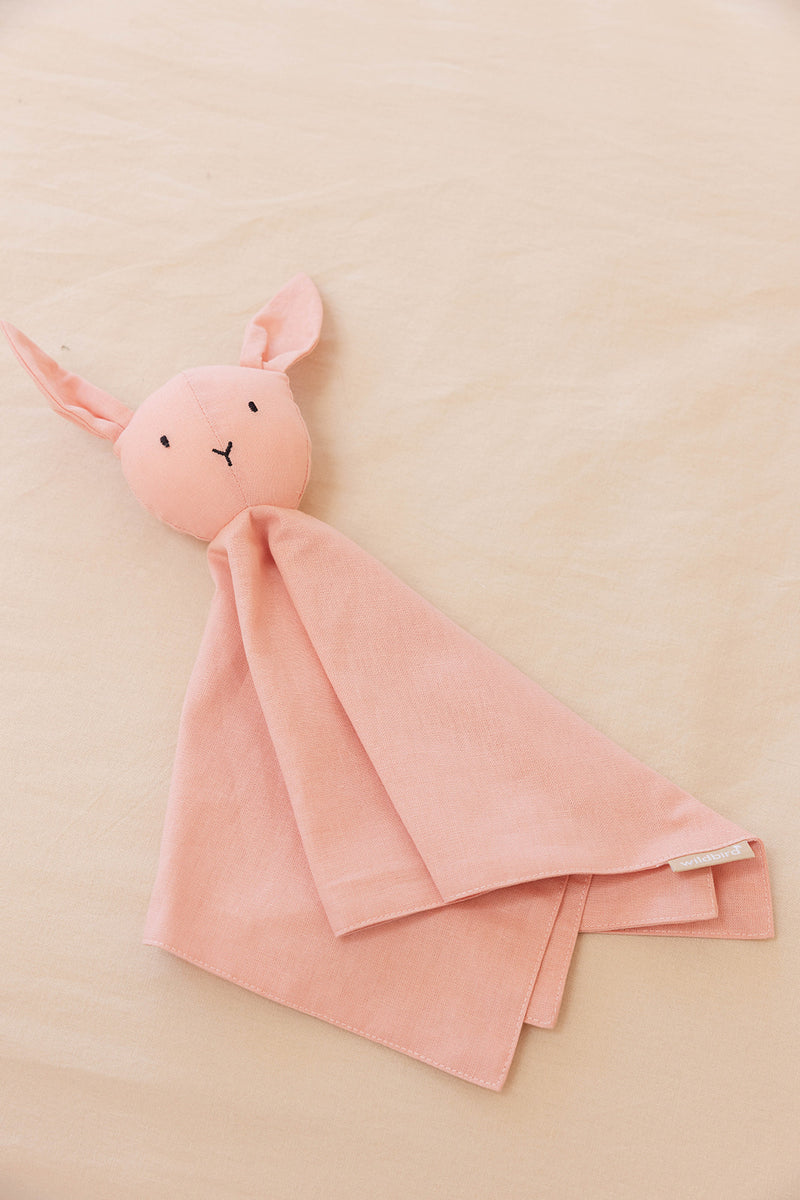
Galah - Linen Lovey Bunny
$28.00
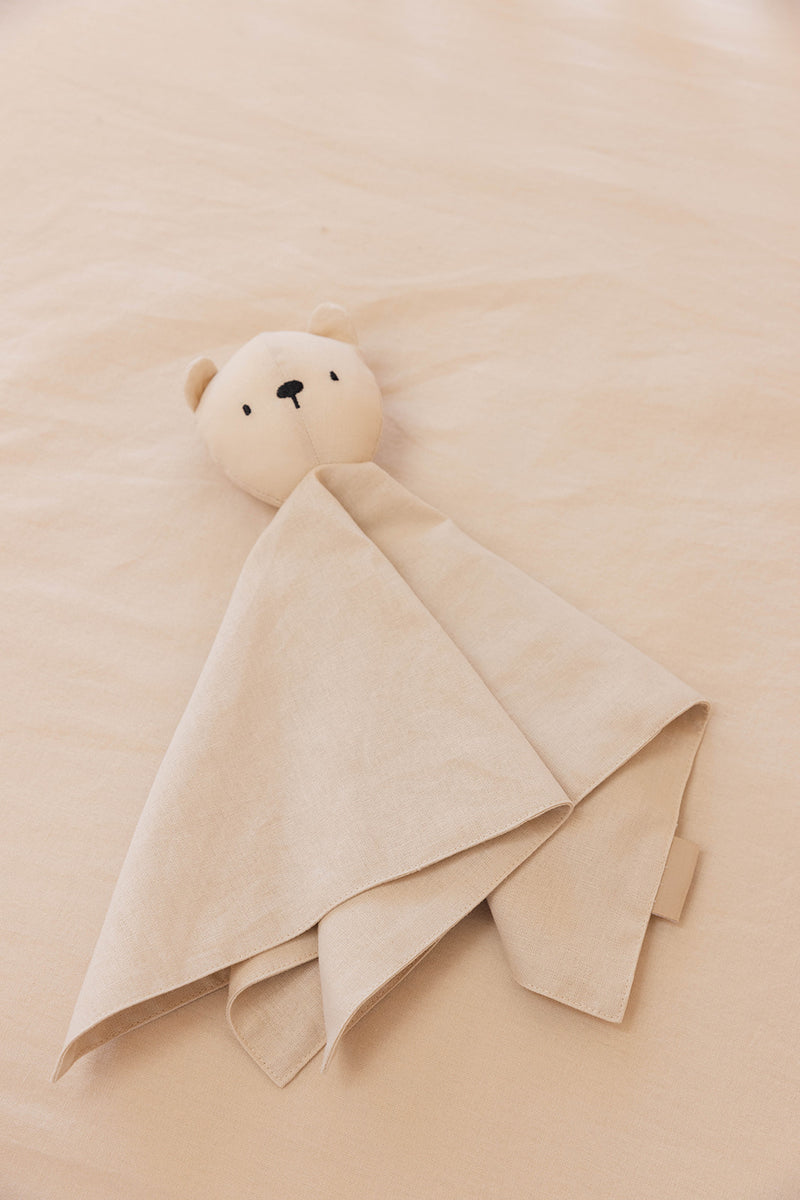
Sparrow - Linen Lovey Bear
$28.00
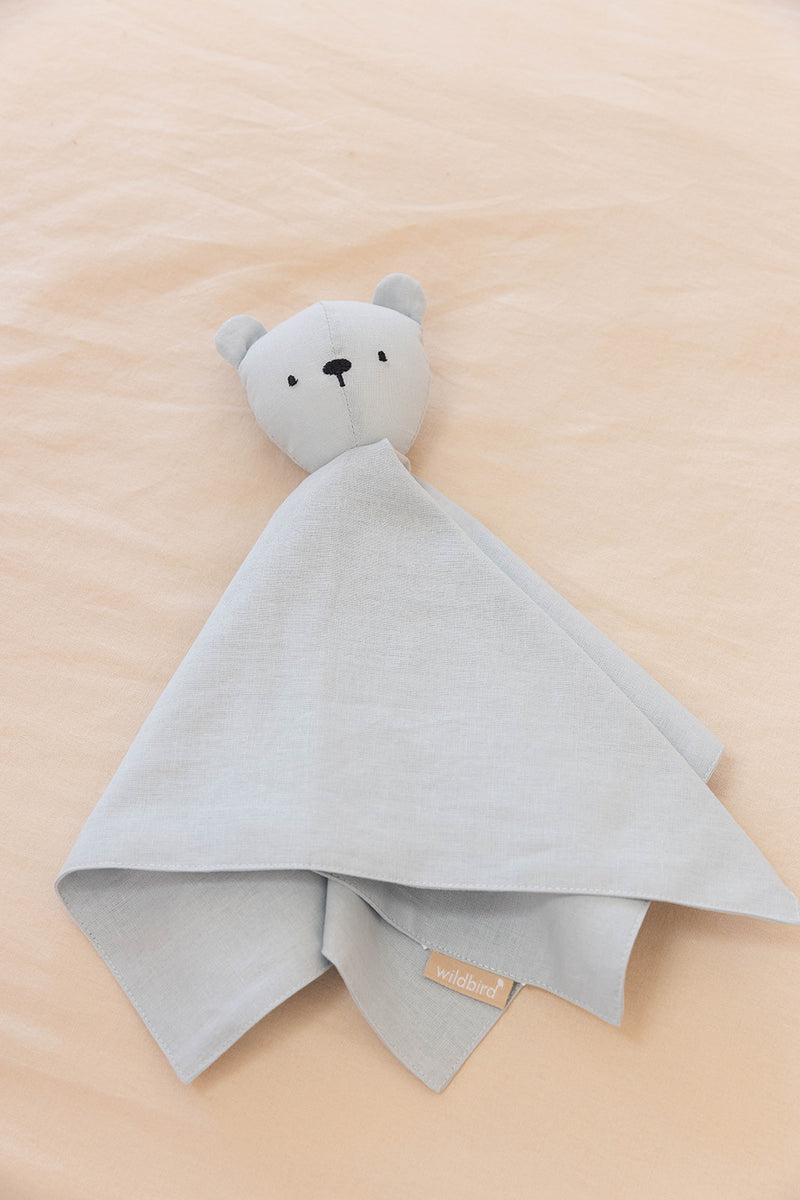
Dove - Linen Lovey Bear
$28.00

Ani - Linen Lovey Bunny
$28.00
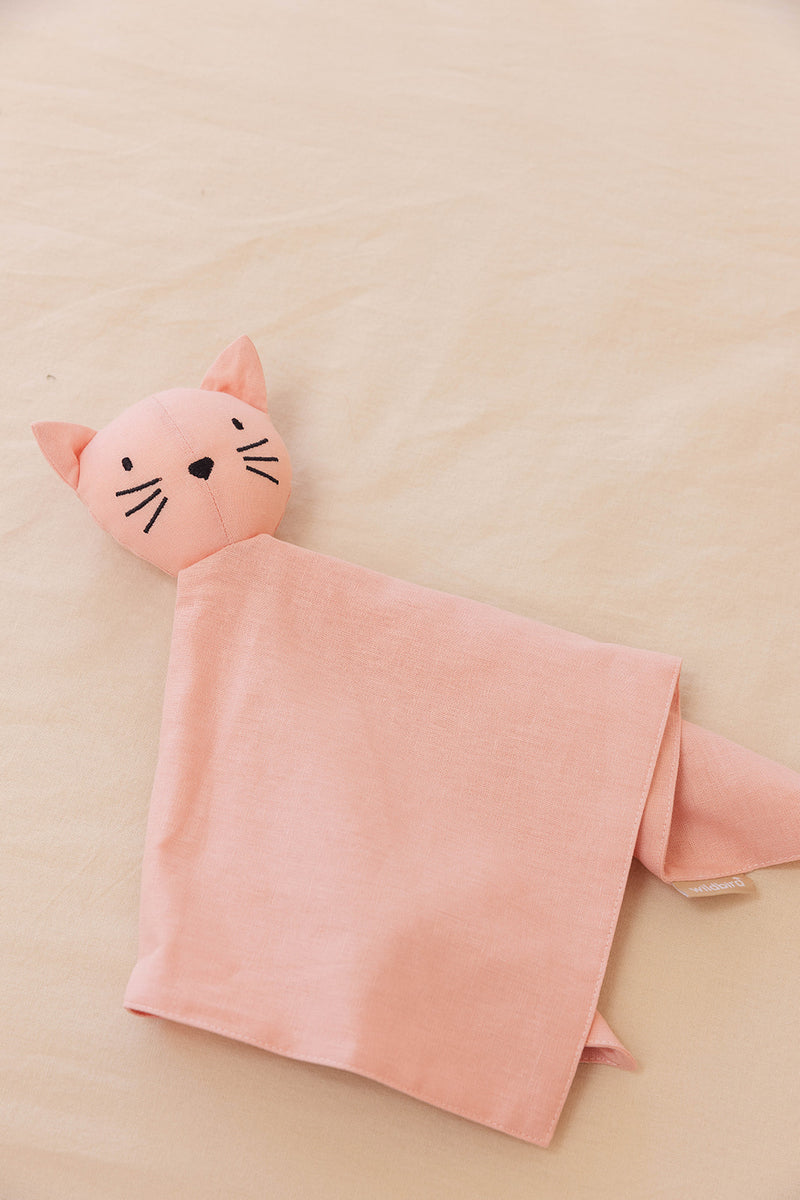
Galah - Linen Lovey Kitten
$28.00
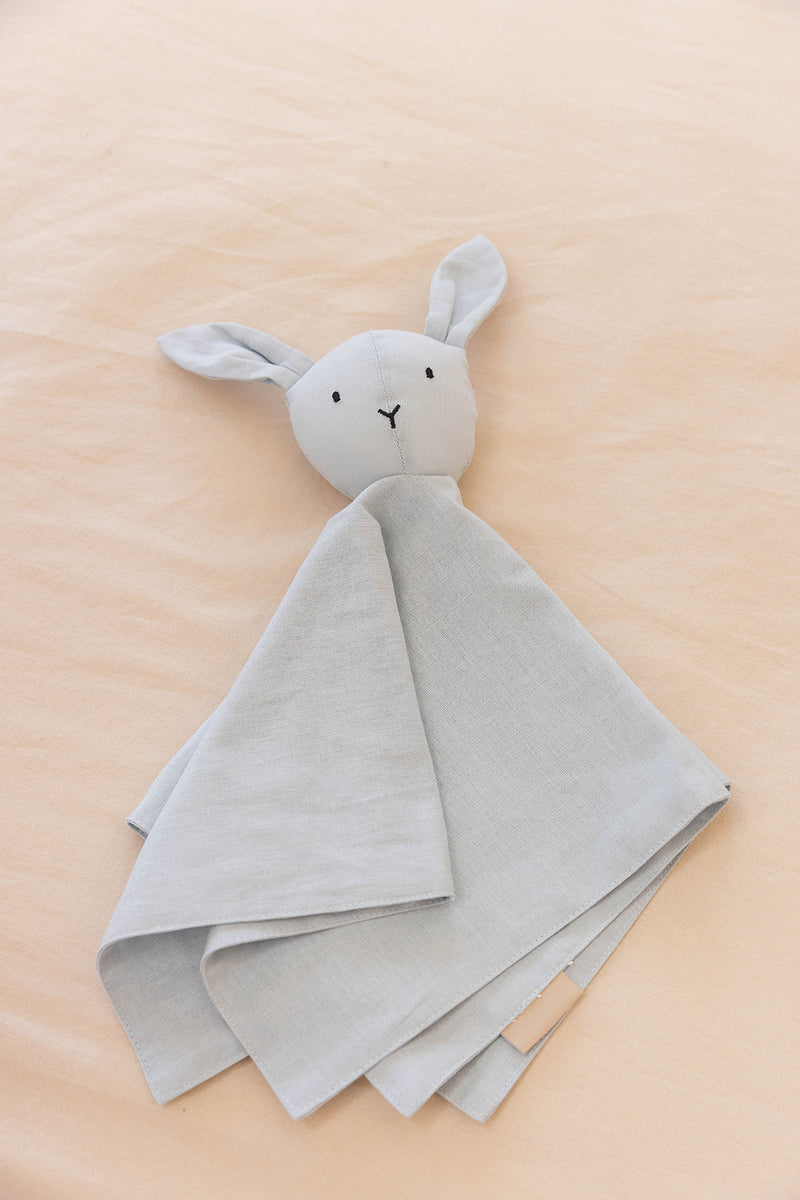
Dove - Linen Lovey Bunny
$28.00
Loading...
